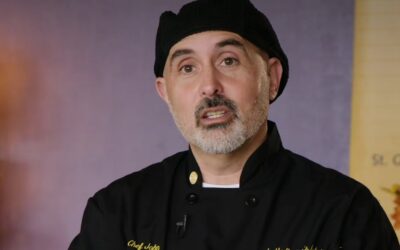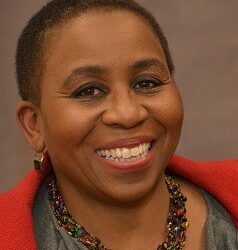4 Essential Grant Writing Strategies
Consultant Babette Baker led members of the Central New York nonprofit community through a comprehensive two-part series exploring strategies for writing successful grants. Looking back on the experience, we highlighted some of the key ideas that resonated most with the audience and shaped the foundation of the class.
Shared Knowledge: John Tumino on Grant Writing
In 2011, John Tumino left his job as a restaurant owner and chef to launch In My Father’s Kitchen with his wife Leigh-Ann. Their work supports people facing homelessness through access to food, medical care, spiritual resources, and other avenues of assistance. They recently made headlines after deploying a new full service medical van delivering care to the homeless, paid for by a $200,000 HUD grant through the City of Syracuse.
Funder Collaborative Formed to Increase STEM Youth Programming
Funder Collaborative Formed to Increase STEM Youth Programming $150,000 in grant funding brings a new national program to the region.Published May 17th, 2023 A partnership called the Youth STEM Funder Collaborative is granting $150,000 to bring the nationally...
5 Action Steps to Improve Your Communications
5 Action Steps to Improve Your CommunicationsPublished May 16th, 2023Communications can all too easily become an afterthought. The amount of resources it takes to keep an organization’s administration and programming running smoothly often leaves little left over when...
Workshop Series: How To Write Better Grants
Workshop Series: How To Write Better GrantsPublished May 16th, 2023The Gifford Foundation is partnering with The Central New York Community Foundation to launch a free two part workshop series on grant writing featuring consultant Babette Baker. Targeted primarily...
Meet the Press: Getting Your Nonprofit In the News
Meet the Press: Getting Your Nonprofit In the NewsTeri Weaver is the Managing News Producer for The Post-Standard (Syracuse.com) and brings more than 20 years of experience in journalism. Prior to her press career, she worked in public relations and event planning for...
Organization Profile: How Helping Hounds Adopted Packs of Community Supporters
Organization Profile: How Helping Hounds Adopted Packs of Community SupportersHelping Hounds Dog Rescue of CNY has grown their communications systems alongside the rest of their services. These efforts have helped establish a large following who are invested in the...
ChatGPT: Can It Help Your Organization?
ChatGPT: Can It Help Your Organization?Published May 16th, 2023AI technology has made some huge advances over the past six months, and one of the most interesting aspects of this evolution is its accessibility. Suddenly, these groundbreaking tools are being rolled out...










